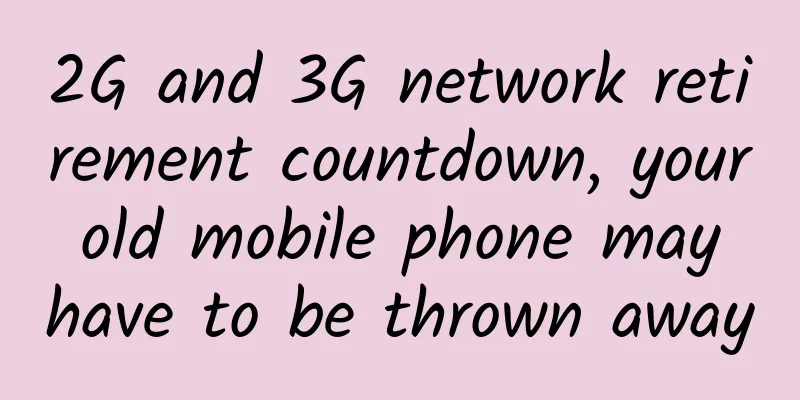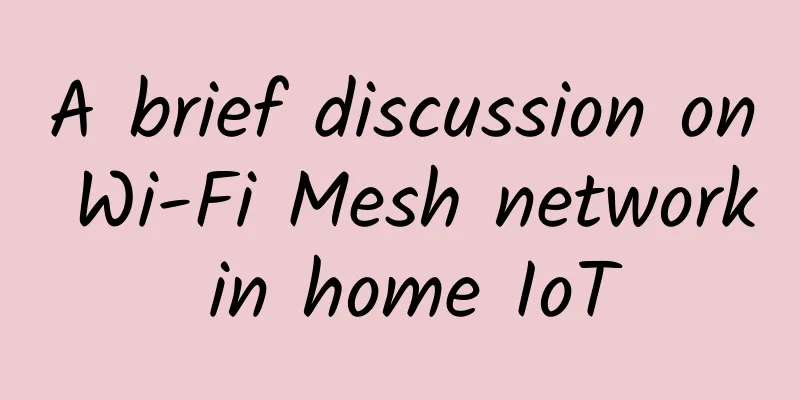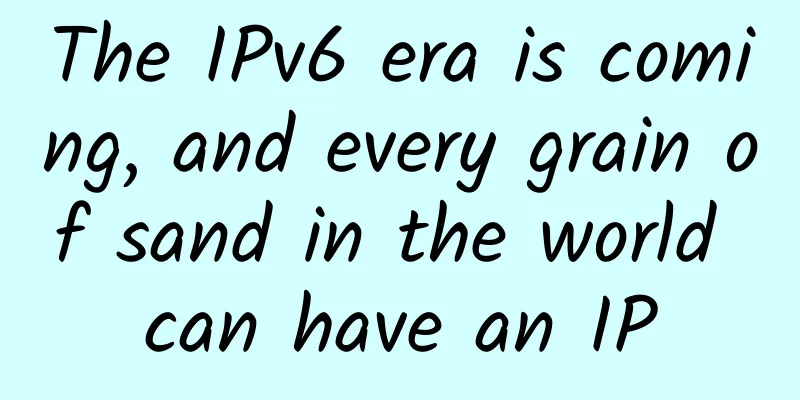5G, IoT, edge and cloud: a winning combination

|
The number of 5G connections is expected to grow from approximately 10 million in 2019 to 1 billion in 2023, a compound annual growth rate of 217%. While these figures are impressive, they do not convey the full significance of this development, as 5G is much more than a new generation of wireless technology. Its combination of exceptional bandwidth, reliability and extremely low latency will undoubtedly fundamentally change mobile communications. But it will also boost the performance of other technologies, particularly IoT, cloud and edge computing, to unlock use cases previously thought impossible. In return, these technologies will give 5G its purpose and the means to fulfill its potential. Expanding the Internet of Things and Implementing Edge ComputingSince 5G transmits data 100 times faster than 4G, it will enable IoT devices to communicate faster than before. Being highly reliable, it will provide a stable connection, which is essential for devices that must work in real time, such as security cameras, self-driving cars or devices used in immersive entertainment. With latency reduced to (near) zero, devices that require real-time network performance will be able to work without interruption, even in remote locations - think sensors in hazardous environments such as oil fields or robots used in remote surgery. When billions of IoT devices communicate over 5G networks, all of this data needs to be processed somewhere. Depending on the criticality or the computing power required, this data can be processed at the edge (on the device itself), in the cloud, or somewhere in between. Self-driving cars do most of their processing in the vehicle itself because they have zero tolerance for latency. Home automation systems, voice assistants, and location tracking applications are also good candidates for edge computing. On the other hand, temperature and weather sensing devices that don’t usually require real-time analysis can easily send their data to a central server in the cloud. But there are also use cases where processing is done in between (also known as fog computing) - oil wells transmit a lot of data that can’t be processed in the sensor because that would require considerable computing power, so they process a portion of the data at the edge (in the sensor) and send the rest to a computer cluster located somewhere on site. By opening the floodgates for edge computing, 5G localizes computing and storage, reducing the consumption of expensive bandwidth as devices only need to send data that they cannot process on their own to a central server or cloud. That being said, 5G networks also need IoT and edge computing to demonstrate their capabilities; without this combination, data processing will continue to take place on a remote cloud somewhere, negating the low-latency advantages that 5G offers. Giving BackIn 2020, the cloud has become a game changer in IT infrastructure provisioning. When the pandemic hit, it became a lifesaver, enabling people around the world to work and collaborate securely from home. The cloud’s scalability and security make it ideal for sharing large files and providing backup and recovery in the event of a cyberattack or natural disaster; these attributes also enable the cloud to compensate for poor network speed and stability. Now, 5G is returning the favor. Across fast networks, IoT devices will generate so much data that it will require vast cloud capacity in all its forms—public, private, and hybrid. Symbiosis5G may be one of the most exciting developments of this decade, but it can only deliver on its promise when combined with other technologies such as IoT, cloud computing, and edge computing. There is a symbiotic relationship between all of these technologies, and they will advance hand in hand to inspire future use cases. |
<<: Cisco: Continuous innovation to create an inclusive future
>>: I would like to say a few more words about this communication failure...
Recommend
From IP to IP, let's talk about the "useless" knowledge in computer networks
Web development is inseparable from computer netw...
Why has 5G, which is on the cusp of the trend, not really exploded yet?
Recently, according to foreign media LADbible, th...
10,000-word article on HTTPS, no more panic in interviews!
The HTTP protocol only establishes the standard f...
Yahoo's valuation dropped from $4.8 billion to $350 million, 32 million accounts leaked due to "cookie forgery"
[51CTO.com original article] Yahoo's latest n...
Let’s talk about PHY register, do you know it?
[[383774]] In the previous article, we explained ...
Riverbed Releases SteelFusion 5.0, Adds Support for NAS Storage
[[185144]] Riverbed Technology, the application p...
Li Jie from CAICT: Analyzing the Development of Computing Networks from the Perspective of “Eastern Data and Western Computing”
Recently, the National Development and Reform Com...
Huawei's Chu Tao: Focusing on all-optical autonomous driving networks to accelerate high-quality business development
[Beijing, China, September 27] Today, the 2022 Ch...
20 billion daily traffic, Ctrip gateway architecture design
20 billion daily traffic, Ctrip gateway architect...
What is Wavelength Division Multiplexing (WDM)? A Beginner's Guide to WDM
Wavelength Division Multiplexing (WDM) has gained...
Digital Stargazing joins hands with Gu'an Tianxia and Yunti to launch new products to explore the value of security services with big data
[Original article from 51CTO.com] On November 29t...
What you need to do to prevent data center downtime
Recently, according to a survey report on data ce...
Blockchain is booming, why haven’t the giants entered the market yet?
The popularity of blockchain is due to the emerge...
Bluetooth, WiFi and ZigBee: Which of these three wireless transmission technologies will dominate the world?
[[277331]] There are more and more smart products...









